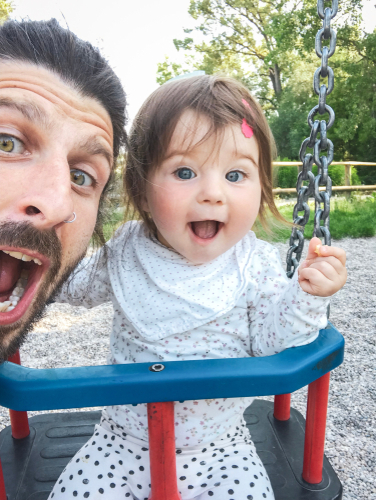 In addition to the mirror neurons, the tension and elasticity of our own bodily movements play a role in how we understand and empathize with the actions of others.
In addition to the mirror neurons, the tension and elasticity of our own bodily movements play a role in how we understand and empathize with the actions of others.
Tension and elasticity are aspects of the motion factor of Flow. Warren Lamb identified two types of Flow – effort flow and shape flow. Effort flow has to do with changes in muscle tension as the effort to control one’s movements increases or decreases. Shape flow has to do with the elasticity of the body shape as it grows or shrinks in response to one’s surroundings.
Dr. Judith Kestenberg found that variations in effort and shape flow play a key role in the interactions between parent and child, particularly during early childhood. Matching patterns facilitate the development of empathy and trust, while clashing patterns provide a basis for individuation.
